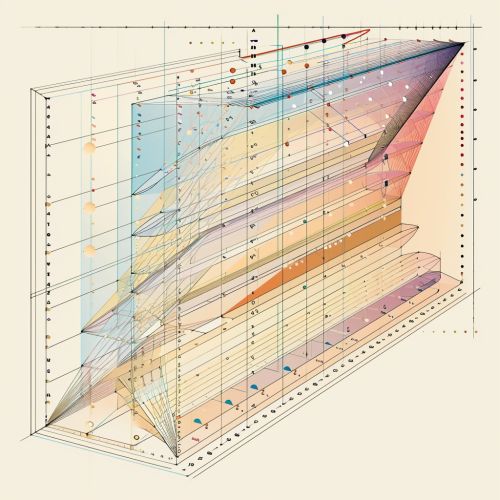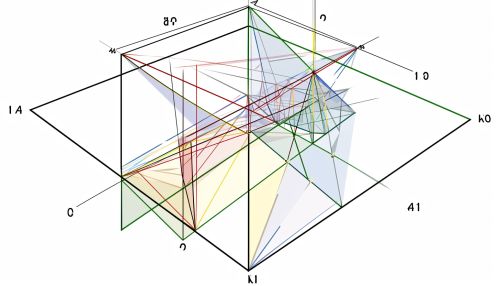Argand Diagram
Introduction
The Argand Diagram, named after the Swiss mathematician Jean-Robert Argand, is a graphical representation of complex numbers. It is a special case of a more general system known as the complex plane. The Argand Diagram is a powerful tool in the field of complex analysis, a branch of mathematics that investigates functions of complex numbers.


Complex Numbers
Complex numbers, denoted as 'z', are numbers that consist of a real part and an imaginary part. They are usually written in the form z = a + bi, where 'a' and 'b' are real numbers, and 'i' is the imaginary unit with the property that i^2 = -1. The real part is 'a', and the imaginary part is 'b'. In the context of the Argand Diagram, the real part is represented on the horizontal axis and the imaginary part on the vertical axis.
Argand Diagram
The Argand Diagram is a two-dimensional Cartesian coordinate system. The horizontal axis (x-axis) represents the real part of a complex number, and the vertical axis (y-axis) represents the imaginary part. Each point in the plane corresponds to a unique complex number.
Representation of Complex Numbers
On the Argand Diagram, a complex number 'z' = a + bi is represented by the point (a, b). The real part 'a' determines the horizontal position, and the imaginary part 'b' determines the vertical position. The origin of the diagram (0,0) corresponds to the complex number 0.
Modulus and Argument
The modulus (or absolute value) of a complex number is the distance from the origin to the point representing the complex number in the Argand Diagram. It is denoted by |z| and calculated using the Pythagorean theorem: |z| = sqrt(a^2 + b^2).
The argument of a complex number, denoted by arg(z), is the angle θ that the line segment from the origin to the point makes with the positive x-axis. The argument can be calculated using trigonometric functions: arg(z) = atan2(b, a).
Operations on Complex Numbers
The Argand Diagram is useful for visualizing operations on complex numbers, such as addition, subtraction, multiplication, and division. These operations correspond to geometric transformations in the complex plane.
Polar Form of Complex Numbers
Complex numbers can also be represented in polar form: z = r(cos θ + i sin θ), where 'r' is the modulus and 'θ' is the argument. This form is particularly useful when multiplying or dividing complex numbers, as it simplifies the calculations.
Applications
The Argand Diagram and complex numbers have wide applications in various fields of science and engineering, including electrical engineering, control systems, signal processing, quantum physics, and many more.
